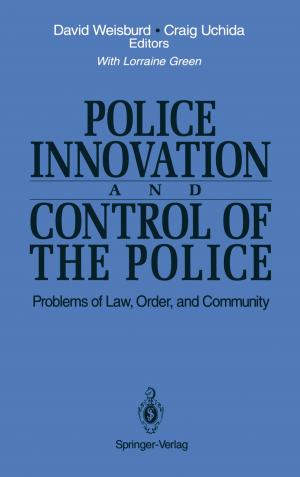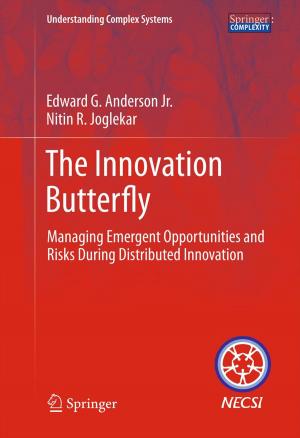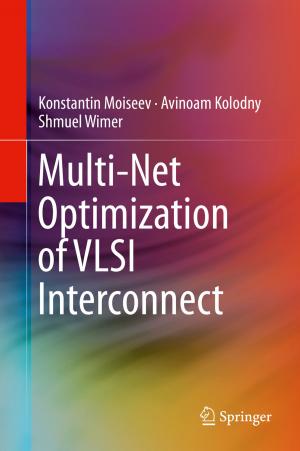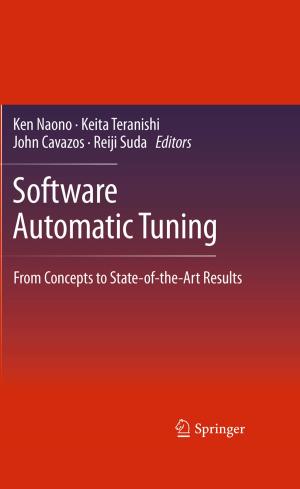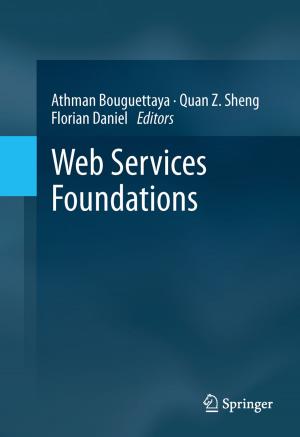From Machinery to Mobility
Government and Democracy in a Participative Age
Nonfiction, Reference & Language, Law, Administrative Law & Regulatory Practice, Business & Finance, Management & Leadership, Production & Operations Management, Social & Cultural Studies, Political Science| Author: | Jeffrey Roy | ISBN: | 9781461472216 |
| Publisher: | Springer New York | Publication: | June 1, 2013 |
| Imprint: | Springer | Language: | English |
| Author: | Jeffrey Roy |
| ISBN: | 9781461472216 |
| Publisher: | Springer New York |
| Publication: | June 1, 2013 |
| Imprint: | Springer |
| Language: | English |
The Westminster-stylized model of Parliamentary democratic governance is out of step with today’s digitally and socially networked world. The resulting context for public sector governance brings both promise and peril – with profound consequences for public servants, elected officials, and citizens alike. This book presents a timely and thorough examination of the main sources of tension between the political and administrative foundations of the traditional state apparatus, commonly referred to as ‘machinery’, and newly emerging alternative governance mindsets and mechanisms driven by the advent of ‘mobility’. Consistent with the emergence of Government 2.0, some of the critical technological and organizational dimensions of mobility include openness, cloud computing, privacy and security, and social media. Furthermore, a more informed, educated, and connected citizenry creates new pressures and opportunities for public engagement, particularly online. Blending conceptual and empirical perspectives from Canada and many other jurisdictions around the world, this book aims to provide scholars, students, and practitioners of democratic and public sector governance with fresh insight into both the prospects for reform and the critical choices that lie ahead for governments and citizens in an increasingly mobile and participative age.
The Westminster-stylized model of Parliamentary democratic governance is out of step with today’s digitally and socially networked world. The resulting context for public sector governance brings both promise and peril – with profound consequences for public servants, elected officials, and citizens alike. This book presents a timely and thorough examination of the main sources of tension between the political and administrative foundations of the traditional state apparatus, commonly referred to as ‘machinery’, and newly emerging alternative governance mindsets and mechanisms driven by the advent of ‘mobility’. Consistent with the emergence of Government 2.0, some of the critical technological and organizational dimensions of mobility include openness, cloud computing, privacy and security, and social media. Furthermore, a more informed, educated, and connected citizenry creates new pressures and opportunities for public engagement, particularly online. Blending conceptual and empirical perspectives from Canada and many other jurisdictions around the world, this book aims to provide scholars, students, and practitioners of democratic and public sector governance with fresh insight into both the prospects for reform and the critical choices that lie ahead for governments and citizens in an increasingly mobile and participative age.






